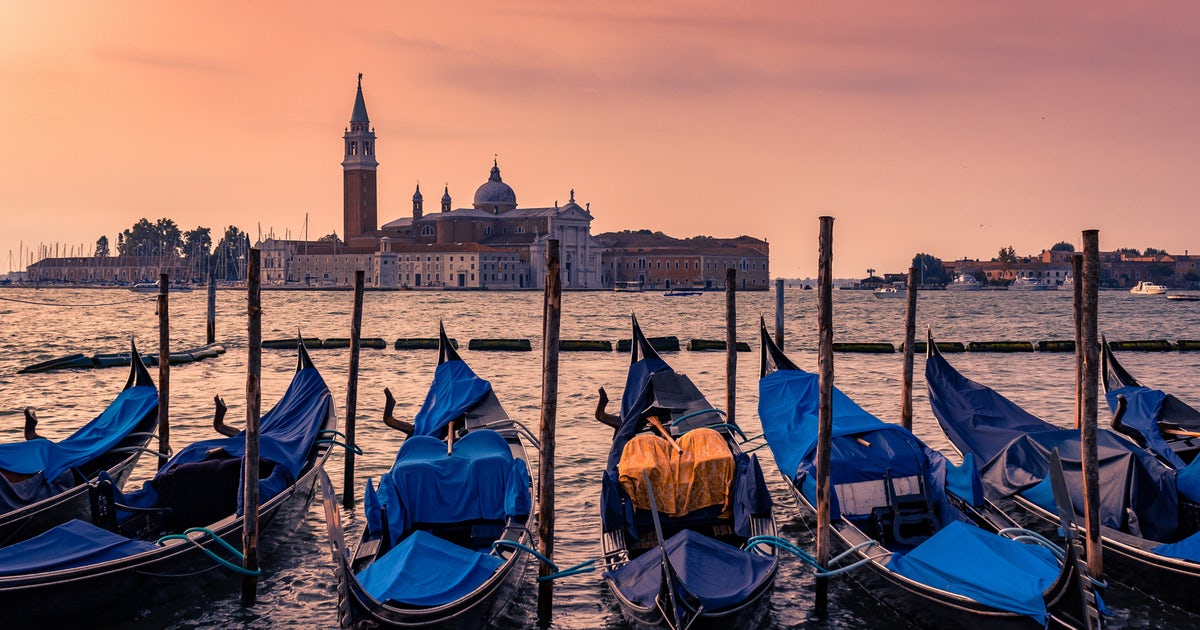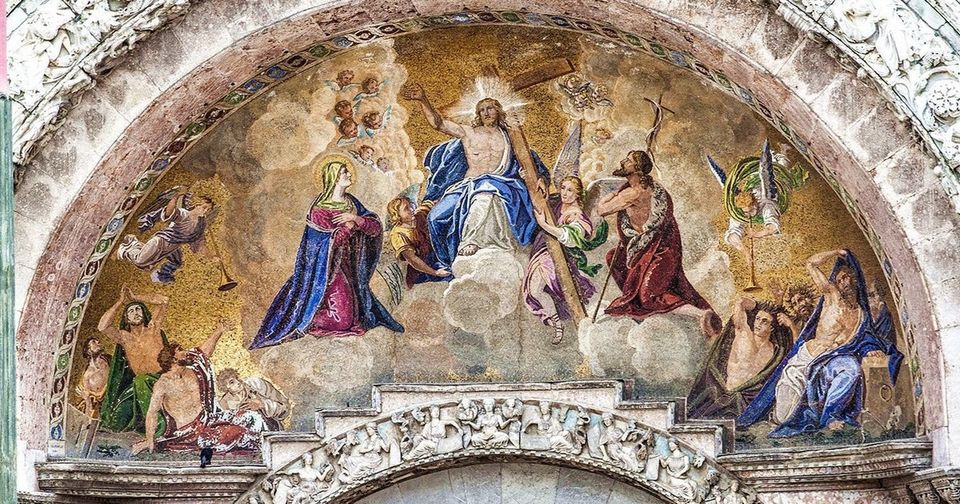There is a destination that I always wanted to hold in my arms. It’s regarded as the most romantic city of the world. It’s Venice, the floating city built on an ancient lagoon along the Adriatic Sea in northeastern Italy. What to see in Venice in 1 day and How to spend perfect one day in Venice. Venice in a day itinerary? Let’s discover what to do in Venice in 1 day through my trip to Venice below.
- Where to visit in Verona? — 7+ top Verona attractions & best places to visit in Verona
- Venice travel blog — The fullest Venice travel guide for first-timers
- Melaka food blog — Experience Melaka delicacies, arrived at by Trishaw
- Salzburg blog — Sleeping heaven of Austria
- Penang itinerary — How to spend 3 days in Penang?





Venice is most romantic in autumn with the sparkling colors of glassy arts and crafts and refined embroidered items. More than that, a visitor can indulge in the floating and happy feeling of perpetual love in Venice.





Step to the canal street

When we first walked out of Santa Lucia station, my boyfriend and I smiled because we then understand the reason why people can’t deny the passionate beauty of Venice. In the light sunshine of autumn, Venice was so fantastic with blue color from the Grand Canal, the sound of visitors pulling their luggage and chatting, and of course the aromatic smell of foods in neighboring restaurants that have been attracting guests for ages.

We first went around the Grand Canal by vaporetti, a kind of water bus and dropped by Palazzo Ducale, built in the 9th century. We were surprised at the magnificence and opulence of the building with a marble corridor built in Gothic style. The Enormous stairs were decorated with statues of Nereid and the God of War. Inside, the building was sophisticatedly beautified by big paintings and wooden sculptures on the ceiling.



Nearby, the sumptuous Basilica di San Marco built in 829 was also an attractive site. The basilica was remarkable with a golden tower that make local people call this place Chiesa d’Oro (Golden Church). Visitors will feel the artistic space and original sculpture made in the Byzantine style with a remarkable arch designed in the shape of a Greek cross.







Passing bridges and some small squares, we arrived at Osteria Al Portego restaurant to enjoy a light lunch with special dishes, including sarde in saor, which is fried sardines with onion mixed in apple vinegar and tomato, and baccalà alla vicentina, which is salted cod with tomato, caper buds and onion. These dishes were specially cooked with recipes right from the 17th -18th century! To increase the flavor, we had the meal with Prosecco white wine. Since Italy is famous for pizza, spaghetti, pasta and lasagna, we tried to taste other dishes to truly experience the local cuisine.



After lunch, we decided to explore Venice in our own way without a map. We followed straight streets crossing big and small squares and viewed remarkable structures, Roman buildings with pillars and arches throughout the city. Small houses with colorful flowers, souvenir stores with lovely masks, colorful packages of pasta, arts and crafts and the fragrant smell of pizza, they all appears so glamorous that one might be assured that any traveler would remark as to the city’s beauty.



We visited Florian café on St. Marco square to enjoy the afternoon and looked at the blue sea with floating gondolas.


In the late afternoon, we went to Harry’s Bar to sip a glass of spritz, which is Prosecco white wine mixed with sparkling mineral water, and order the famous dish of carpaccio cooked by the owner, Giuseppe Cipriani. It was fresh slices of beef and salmon set on the plate with lemon, olive oil and truffle mushrooms or Parmesan cheese.


In the evening, Venice is sparkling and fanciful with the light sound of splashing waves. People are not in a hurry but walk slowly together as if they were spending time for each other because, of course, Venice is where people come to love.



Masterpieces of glass

From Venice, we take a vaporetti to Murano island to discover the art of manufacturing blown glass at the heat of 2000 degree Celcius, the same art that was practiced in the 10th century. They melted sand and limestone to make materials for the glass masterpieces.
































![10 best airports in Asia in 2016 [RANKED] kuala-lumpur-international-airport-best airports in asia in 2016 by skytrax ratings](https://livingnomads.com/wp-content/uploads/2016/08/29/kuala-lumpur-international-airport-best-airports-in-asia-in-2016-by-skytrax-ratings-218x150.jpg)




























